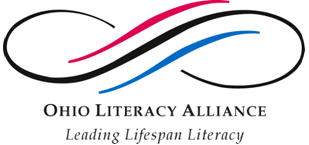
Keyword - Explicit Comprehension Instruction
- Explicit comprehension instruction
- Intentional instruction in strategies and processes that readers use to construct meaning from what they read
Alvermann, D., Young, J., Weaver, D., Hinchman, K., Moore, D., Phelps, S., Thras, E., Zalewski, P. (1996). Middle and high school studentsí perceptions of how they experience text-based discussions: A multicase study. Reading Research Quarterly, 31, 244-267.
Harmon, J.M., Keehn, S., & Kenney, M.S. (2004). Tutoring struggling readers: A program investigation. Reading Research and Instruction, 44, 46-74.
Hynd, C. R. (1999). Teaching students to think critically using multiple texts in history. Journal of Adolescent and Adult Literacy, 42, 428-436.
Kucan, L., & Beck, I. L. (2003). Inviting students to talk about expository texts: A comparison of two discourse environments and their effects on comprehension. Reading Research and Instruction, 42, 1-29.
Moje, E. B., & Ciechanowski, K. M., Kramer, K., Ellis, L., Carrillo, R., & Collazo, T. (2004). Working toward third space in content area literacy: An examination of everyday funds of knowledge and discourse. Reading Research Quarterly, 39, 38- 70.
Nation, K., & Snowling, M. (2004). Beyond phonological skills: Broader language skills contribute to the development of reading. Journal of Research in Reading, 27, 342-356.
Short, K. G. (1992). Researching intertextuality within collaborative classroom learning environments. Linguistics and Education, 4, 313-333.
| Back to Keywords | HOME |